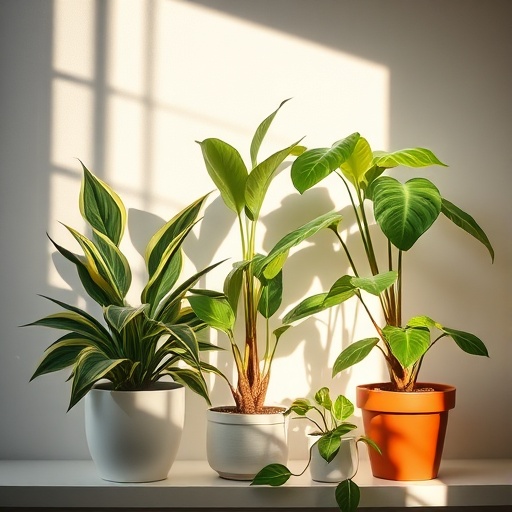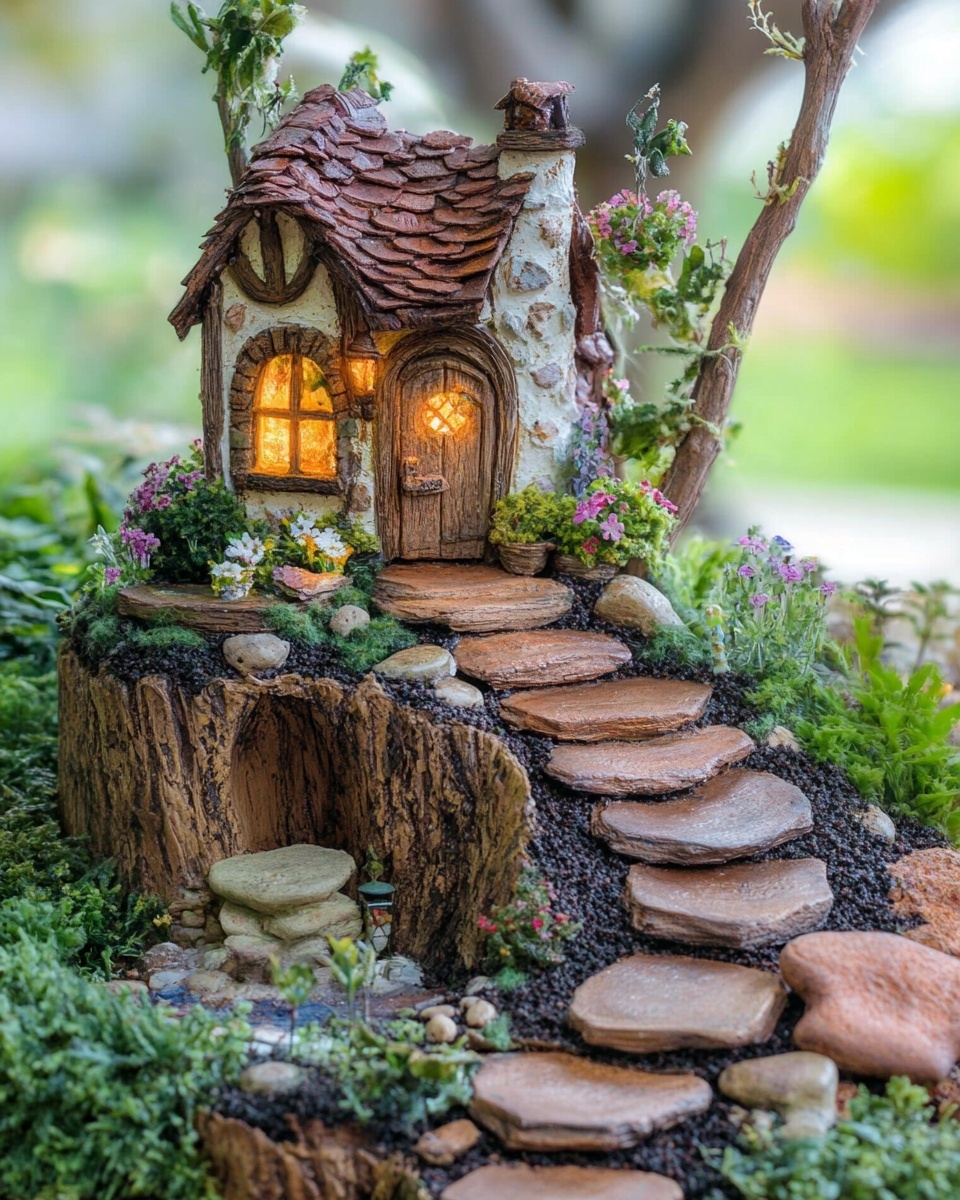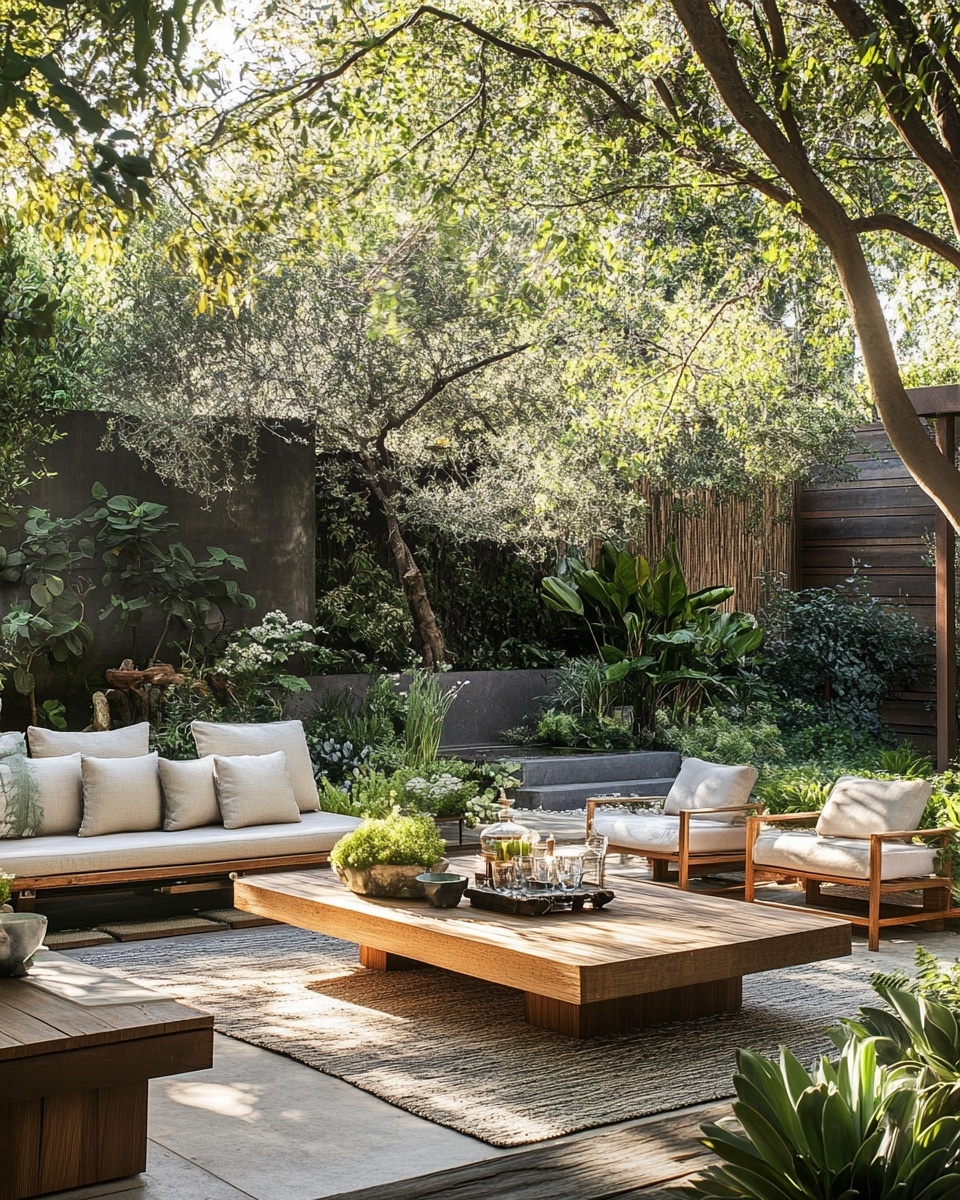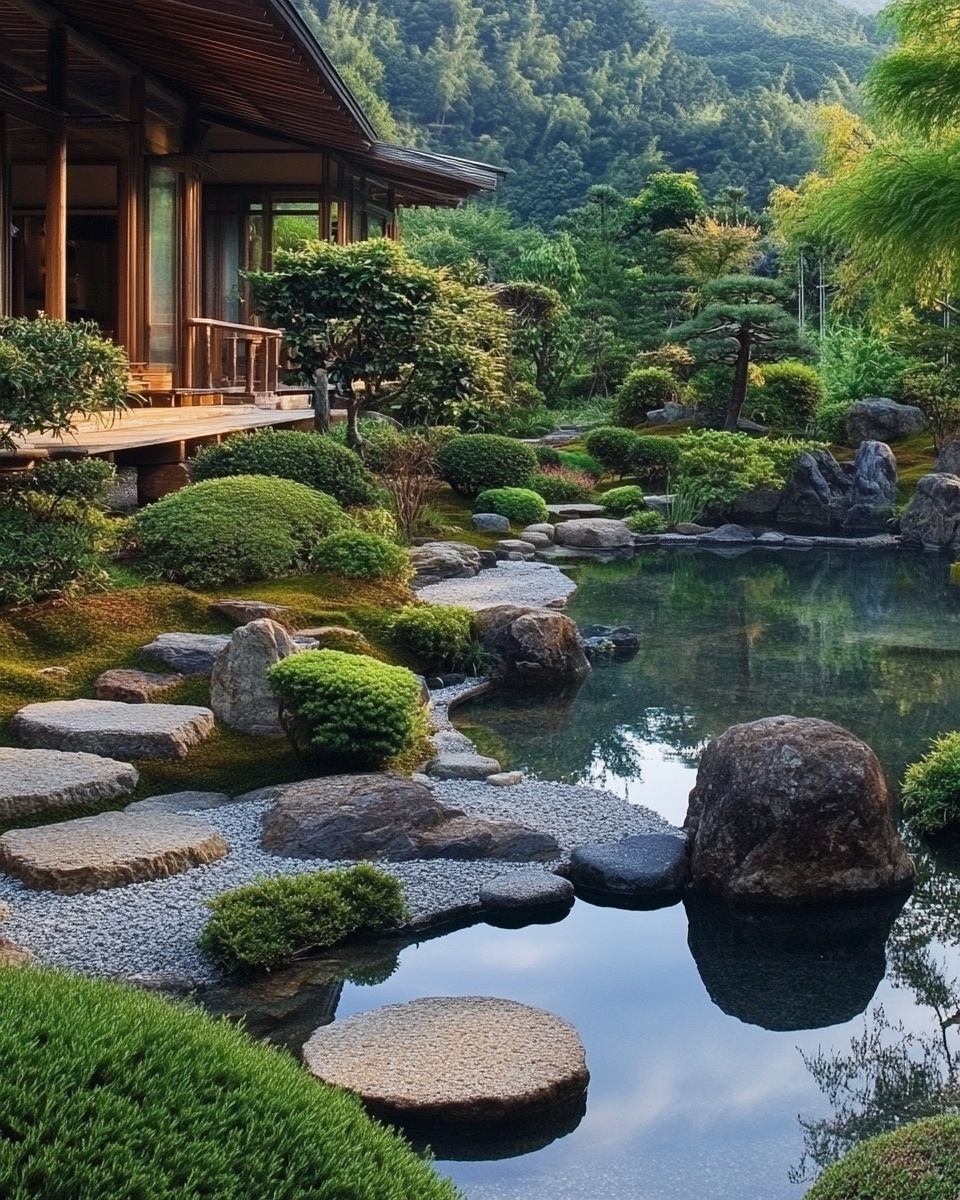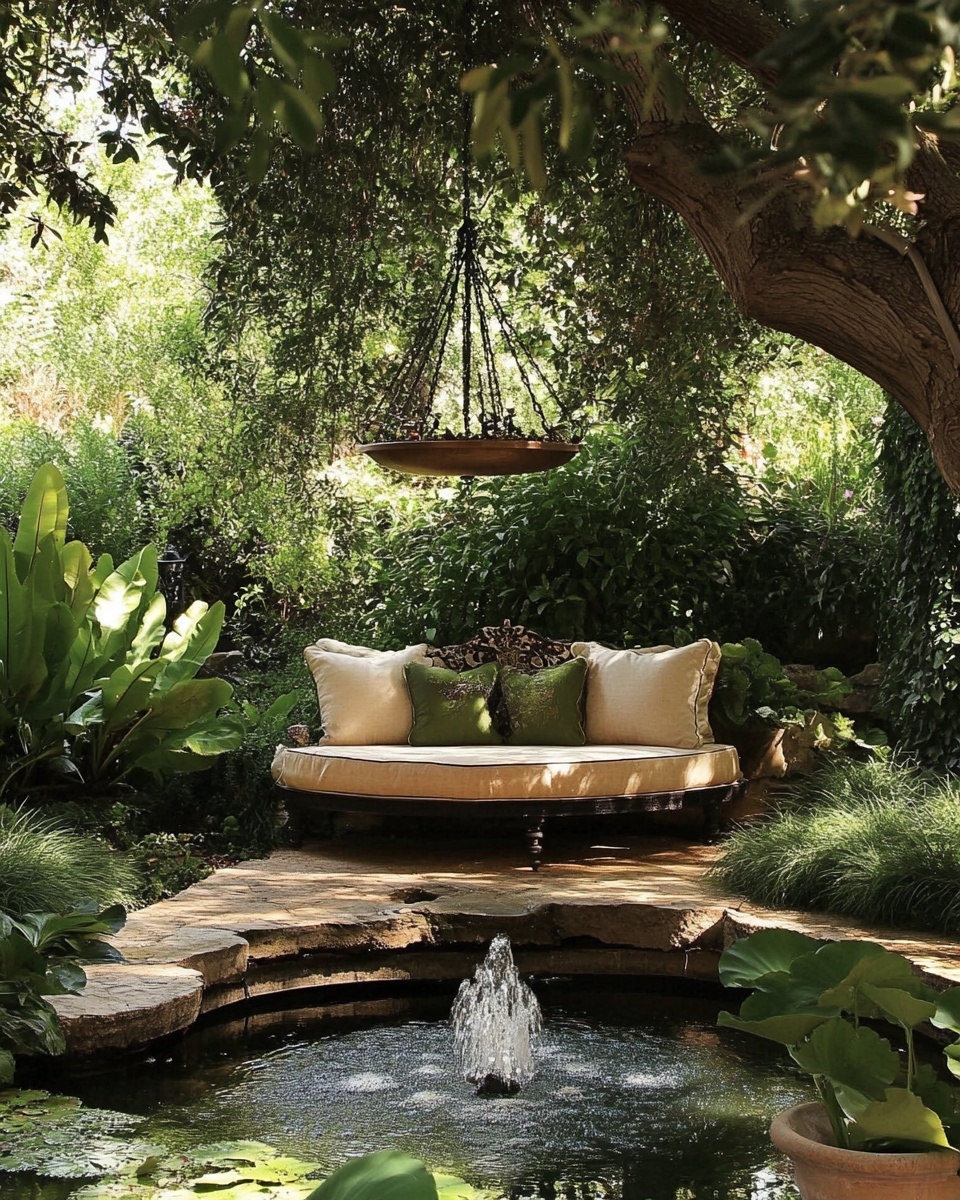Introduction
Ever wondered if your thumb is more brown than green? Do you dream of lush, vibrant indoor greenery but feel overwhelmed by conflicting gardening advice? You're not alone! Many aspiring plant parents hesitate to bring nature inside, fearing they lack the "gift" for growing. But I’m here to tell you that growing beautiful houseplants is not a mystical talent; it's a learnable skill, and with the right houseplant ideas and guidance, anyone can cultivate a thriving indoor garden. This comprehensive guide will demystify the art of indoor gardening, focusing on beginner-friendly options and practical, data-driven strategies to ensure your success. We'll explore everything from choosing the perfect starter plants to keeping them flourishing year-round, transforming your living space into a verdant oasis.
Tools & Materials Needed
Starting your indoor garden doesn't require a huge investment in specialized equipment. In fact, many essentials can be found around your home or purchased affordably. Here’s what you’ll need:
- Pots with Drainage Holes: Crucial for preventing root rot! Plastic, terracotta, or ceramic are all fine, but ensure they have drainage. For an eco-friendly alternative, consider repurposing old food containers (like yogurt tubs or milk jugs) by puncturing holes in the bottom.
- Quality Potting Mix: Not garden soil! A good potting mix is light, well-draining, and provides essential nutrients. Look for mixes specifically formulated for houseplants. Expert Tip: Avoid dense, heavy garden soil, which compacts easily in pots and suffocates roots. It's often too dense for proper drainage indoors.
- Small Trowel or Scoop: For handling soil. An old spoon or a small plastic cup can serve as a budget-friendly substitute.
- Watering Can with a Fine Spout: Allows for precise watering, directing water to the soil without splashing leaves.
- Pruning Shears or Sharp Scissors: Essential for trimming dead leaves or shaping your plants. Clean blades prevent disease transmission.
- Gloves (Optional): Protect your hands from dirt and potential irritants.
- Spray Bottle: For misting humidity-loving plants.
Time & Effort Overview
Don't let the idea of a botanical project intimidate you; caring for beginner-friendly houseplant ideas is surprisingly undemanding! Most of the plants we’ll discuss require minimal daily attention.
- Initial Setup: 30-60 minutes per plant for potting.
- Weekly Maintenance: 5-15 minutes, primarily for checking soil moisture and watering. This is significantly less than outdoor gardening, where daily checks are often necessary.
- Monthly Maintenance: 10-20 minutes for dusting leaves, rotating plants, and minor pruning.
- Difficulty Level: This guide focuses entirely on beginner to easy-intermediate level plants. These are incredibly forgiving, thriving even with occasional neglect, unlike delicate orchids or finicky ferns which demand advanced care. Some, like the Snake Plant, are often cited as being 50% more resilient to irregular watering schedules than average ferns.
Step-by-Step Gardening Process
Ready to transform your living space? Let’s get your green friends settled!
Choosing Your First Houseplant Ideas
This is perhaps the most crucial step. For beginners, focus on resilience and low maintenance. Excellent choices include:
- Snake Plant (Sansevieria trifasciata): Virtually indestructible, tolerates low light and infrequent watering.
- ZZ Plant (Zamioculcas zamiifolia): Another incredibly tough plant, drought-tolerant, and handles neglect like a champ.
- Pothos (Epipremnum aureum): Beautiful trailing vines, available in various variegations, and very forgiving with watering mistakes.
- Spider Plant (Chlorophytum comosum): Easy to grow, produces "plantlets" that are fun to propagate, and helps purify the air.
Potting Your New Plant
Careful potting provides a strong foundation.
- Prepare Your Pot: Ensure your chosen pot has drainage holes. If not, drill some or place a layer of pebbles at the bottom (though proper drainage holes are superior).
- Add Drainage: Cover the drainage holes with a small piece of mesh or a coffee filter to prevent soil from washing out.
- Layer Soil: Add a few inches of fresh potting mix to the bottom of the pot.
- Remove from Nursery Pot: Gently squeeze the sides of the nursery pot and carefully slide the plant out. Avoid pulling by the stem. Don’t worry if some soil falls away; it’s normal.
- Center and Fill: Place your plant in the new pot, ensuring the top of the root ball is about an inch below the rim. Fill around the roots with more potting mix, gently patting it down to remove large air pockets.
- Water Thoroughly: Water until you see water draining from the bottom. This settles the soil.
Finding the Perfect Spot
Light is paramount. Observe your home throughout the day to identify ideal locations.
- Bright, Indirect Light: Most houseplants thrive here. This is typically near a window that doesn't get harsh, direct sun all day, or a few feet back from a sunny window.
- Low Light Tolerant: Snake Plants and ZZ Plants can handle shadier spots (but still prefer some light).
- Avoid Drafts: Keep plants away from heating/cooling vents or frequently opened doors, as sudden temperature fluctuations can stress them.
Growth & Care Tips
Consistent care, not constant fussing, is the secret to a thriving indoor garden.
Watering Wisdom
Overwatering is the #1 killer of houseplants, accounting for over 60% of plant fatalities among beginners.
- Feel the Soil: Stick your finger about an inch or two into the soil. If it feels dry, it's time to water. If it’s still damp, wait!
- Water Thoroughly: When you do water, soak the soil until water drains out the bottom. Discard any standing water in the saucer after 15-30 minutes to prevent root rot.
- Frequency Varies: Depending on the plant, season, and indoor humidity, watering could be every few days to every few weeks. Less is often more.
- Misting (for some): Plants like Pothos and Spider Plants appreciate occasional misting, especially in dry environments.
Light Exposure (Beyond the Basics)
Even "low light" plants need some light.
- Rotate Plants: Turn your plants every week or two to ensure all sides receive adequate light, promoting even growth.
- Dust Leaves: Dust on leaves can block light absorption. Gently wipe leaves with a damp cloth every few weeks. This also helps plants "breathe."
Pruning for Health and Shape
- Remove Dead or Yellowing Leaves: Use clean pruning shears to snip off any unhealthy foliage at its base. This directs the plant’s energy to healthy growth and prevents disease.
Fertilization (Less is More)
- During Growing Season: Fertilize every 2-4 weeks during spring and summer (the plant's active growing period) with a balanced liquid houseplant fertilizer, diluted to half the recommended strength.
- Dormancy: Do not fertilize in fall and winter when most plants are dormant.
Pest Prevention
- Inspect Regularly: When you water, take a moment to look at the tops and bottoms of leaves for tiny bugs (spider mites, mealybugs) or sticky residue.
- Early Intervention: If you spot pests, isolate the plant immediately. Neem oil spray or a gentle wipe with insecticidal soap is often effective for mild infestations.
Eco-Friendly & Sustainable Alternatives
Gardening should be kind to the planet!
- Compost Kitchen Scraps: Start a small indoor or outdoor compost bin for fruit and vegetable scraps. The resulting compost is a fantastic, nutrient-rich soil amendment.
- Rainwater Collection: If you have outdoor space, collect rainwater for your plants. It's often superior to tap water, lacking chlorine and other additives.
- DIY Potting Mix: For the advanced beginner, blending your own potting mix using compost, coco coir (sustainable alternative to peat moss), and perlite can be more sustainable.
- Vertical Gardens/Shelving: For small spaces or apartments, vertical planter systems or strategically placed shelves maximize your plant display without taking up floor space. Learn more about vertical indoor garden ideas for small spaces.
- Plant Swaps: Connect with local gardening groups for plant swaps. It’s a great way to get new houseplant ideas or propagate your existing plants without buying new ones.
Creative Ideas & Uses
Your plants are more than just green objects; they're décor!
- Grouping for Impact: Group plants with varying heights and textures together for a lush, mini-jungle effect. This also helps increase local humidity.
- Stylish Planters: Don't just settle for basic pots! Seek out decorative planters that complement your home's aesthetic. Macrame hangers, minimalist ceramic pots, or even painted tin cans can elevate your plant display.
- DIY Propagation Stations: Showcase cuttings in clear glass jars or bottles. Not only does it look charming, but it also allows you to watch the roots grow.
- Air-Purifying Powerhouses: Many of the beginner-friendly plants, like Pothos and Spider Plants, are excellent natural air purifiers. Place them in bedrooms or living areas for cleaner air. Discover more about best indoor plants that purify air naturally.
- Bookshelf Greenery: Trailing plants like Pothos or Philodendrons look stunning cascading from shelves.
Common Mistakes to Avoid
Even seasoned gardeners make mistakes. Knowing what to watch out for can save your plants!
- Overwatering: We've mentioned it because it's that important. Always check soil moisture before watering.
- Ignoring Drainage: Pots without drainage holes are a death sentence for most plants. The stagnant water leads to root rot in over 80% of cases.
- Insufficient Light: While some plants tolerate low light, no plant thrives in total darkness. Yellowing leaves or leggy growth often indicate a lack of light.
- Sudden Environment Changes: Moving a plant from one light condition to a drastically different one (e.g., from a dim corner to direct sun) can shock it. Acclimate plants gradually.
- Forgetting to Dust: Dusty leaves can't photosynthesize efficiently. It's like putting a blanket over their solar panels!
- Lack of Repotting: Plants outgrow their pots. Roots circling the bottom of the pot (root-bound) is a sign it’s time for a larger pot, typically every 1-2 years.
Maintenance & Storage Tips
Long-term success is about consistent, observant care.
- Seasonal Adjustments: Plants typically need less water and no fertilizer in winter as their growth slows significantly. Adjust your schedule accordingly.
- Dealing with Yellow Leaves: Often a sign of overwatering or underwatering. Assess your watering routine. Yellowing bottom leaves on older plants can also be normal aging.
- Browning Leaf Tips: Usually indicates low humidity or inconsistent watering. Mist more often or place plants on a pebble tray with water (without the pot touching the water).
- Pest Quarantines: If you bring home new
houseplant ideasor any new plant, isolate it for 2-4 weeks. This quarantine period allows you to observe for pests before introducing them to your existing collection. - Propagating Cuttings: Many beginner plants like Pothos, Spider Plants, and Snake Plants are easily propagated in water or soil. It's a fun way to multiply your plant collection or share with friends!
Conclusion
Embarking on your indoor gardening journey doesn't have to be daunting. By choosing the right houseplant ideas for beginners, understanding basic care, and avoiding common pitfalls, you can cultivate a vibrant and fulfilling indoor oasis. Remember, every gardener, no matter how experienced, learns through observation and a little trial and error. The joy of watching a new leaf unfurl or a bloom emerge is incredibly rewarding. So, grab a pot, pick your favorite plant, and get started today! We'd love to see your progress – share your new green friends with us on social media!
FAQ
Q1: How do I know when to water my houseplants?
A1: The golden rule for watering is to check the soil. Stick your finger 1-2 inches deep into the soil. If it feels dry, it's time to water. For houseplant ideas like Snake Plants and ZZ Plants, allow the soil to dry out completely between waterings.
Q2: What kind of light do most houseplants need?
A2: Most popular houseplant ideas thrive in bright, indirect light. This means they should be near a window that gets plenty of light but not harsh, direct sun for extended periods, which can scorch their leaves.
Q3: My plant's leaves are turning yellow. What's wrong?
A3: Yellowing leaves are a common sign of either overwatering or underwatering. Check the soil moisture first. If it's soggy, you're likely overwatering. If it's bone dry, you're underwatering. It can also be a nutrient deficiency or natural aging.
Q4: Do I need to fertilize my beginner houseplants?
A4: Yes, but sparingly! Fertilize during the active growing seasons (spring and summer) every 2-4 weeks with a diluted liquid houseplant fertilizer. Avoid fertilizing in fall and winter as plants are usually dormant.
Q5: How often should I repot my houseplants?
A5: Most houseplant ideas for beginners need repotting every 1-2 years as they grow. Signs your plant needs repotting include roots growing out of the drainage holes, water running straight through the pot without soaking, or stunted growth.
Q6: Can I use garden soil for my indoor plants?
A6: No! Garden soil is too dense and heavy for potted plants. It retains too much moisture and lacks proper aeration, which can lead to root rot. Always use a good quality potting mix specifically formulated for houseplants.
Q7: How can I increase humidity for my plants indoors?
A7: You can increase humidity by misting your plants regularly, grouping plants together, or placing them on a pebble tray filled with water (making sure the pot isn't sitting directly in the water).
You may also enjoy reading about easy indoor gardening setup for beginners, exploring creative indoor plant decor ideas, or discovering the best low light indoor plants for every room. For more inspiration, check out our gardening board on Pinterest.
